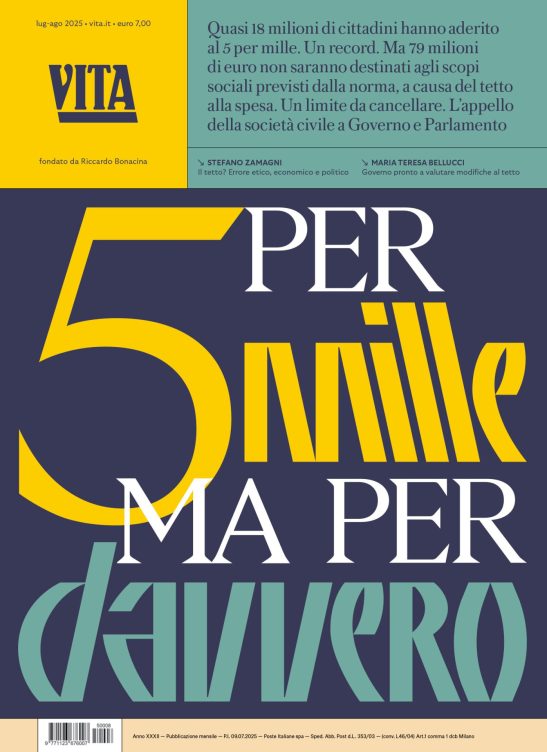Sostenibilità
New York, London, Barcelona: The battle to be the greenest city
As three world capitals struggle to become the model for the world to follow in the fight against climate change, lets take a look at what steps they are taking
di Staff
New York
Eighty million dollars to improve the energy efficiency of public buildings in New York.
This is the sum that New York?s mayor, Michael Bloomberg, has allocated for 2008. About 10% of New York?s electricity bill.
?When we launched PlaNYC, six months ago, (a plan for a greener and bigger New York) we committed ourselves to a 30% reduction in CO2 emissions by 2030? declared Bloomberg. ?We will achieve this by carrying out 127 concrete actions, including the institution of an executive Committee to cut the energy consumption of public buildings. About 80% of CO2 emissions in New York come from buildings. The administration wants to set the example, which we hope will encourage individuals to follow?.
The mayor?s declarations have not been embraced with open arms by all. It is estimated that environmental buildings cost about 2.3 per cent more and the time scale to recover the initial investment made in energy savings is varied. Which is why, since 2000 the State of New York has granted loans of up to 25 million dollars for the creation of seven sustainable houses projects. Funding has come from the non profit sector too.
In the past two years the Enterprise Community Partners invested 130 million dollars to build 1800 environmental houses. And this year the city of New York donated a lot worth 4.5 million dollars to build Via Verde (Green Street), a group of 202 apartments with water systems that use rainwater, spaces to grow vegetables, solar panels, etc. The green street will be in the South Bronx neighbourhood, which is why it has a Spanish name, and it aims to demonstrate that ecology is not just for the rich.
London
We all know that America thinks BIG? but in Europe green things are going on too. Take London, for example. Already a record-holder as it is the only city in the world where the use of private transport has decreased, three months ahead of Bloomberg, mayor Ken Livingstone presented a plan that aimed to reduce CO2 emissions by 60% by 2025.
Interventions called for in the plan include the recycling of urban rubbish to produce energy, a 28.5% increase in the carrying capacity of the underground by 2025 and a programme to reduce household emissions of greenhouse gases. Moreover, London boasts a host of municipal environmental experts who are committed to guiding Londoners through procedures and systems that reduce pollution and energetic expense.
This plan is among the most advanced in the world as far as the struggle against climate change goes, says the Forum for the Future.
Barcelona
Even though at a smaller scale, Barcelona wants to become a model. This time in solar power. In 1999 the city approved its first ever ?Ost?, a ruling to govern solar and thermal energy. It stated that new buildings, both public and private, that use more than 0.8 MW per day to heat water had to produce at least 60% of their energy with solar power. Since 2006 this rule has been applied to all new buildings as well as those that are being renovated. Who deals with the management of the Ost? A consortium called Local Agency for Energy, whose members include the local government and the university.
Public administration is setting the example in Barcelona. Nowadays 30 government buildings use solar energy systems for a total of over 1800 kilowatts. The system that was integrated into Barcelona?s Forum alone produces 553 thousand kilowatts per year, which saves the city 59 tons of CO2 emissions.
In a report published in September, professor Xavier Casanovas from Cataluña?s Polytechnic highlights that eventhough the results now are positive, there were a number of difficulties at first with the implementation of the Ost. ?Mistakes can come from lack of experience, and everybody, from public executives to technicians and fitters have admitted their mistakes and many things have already been corrected in the 2006 modification?.
The Ost aside, Barcelona has a wider plan for energetic efficiency. There are 59 projects across all sectors, from private building to transport to research. Actions include making a contribution to switching to materials that provide better insulation, to the elaboration of efficient energy management programmes in schools and at university. Finally, efficient driving courses are on offer in over a hundred driving schools in Cataluña.
Si può usare la Carta docente per abbonarsi a VITA?
Certo che sì! Basta emettere un buono sulla piattaforma del ministero del valore dell’abbonamento che si intende acquistare (1 anno carta + digital a 80€ o 1 anno digital a 60€) e inviarci il codice del buono a abbonamenti@vita.it
